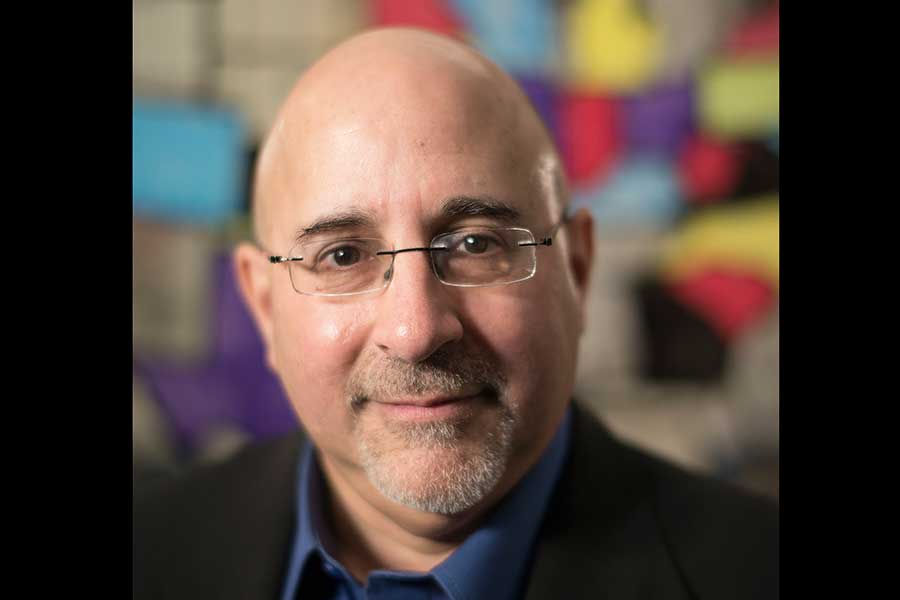Even though marriage equality has been a nationwide right for nearly 18 months, “The Freedom to Marry” is a cogent, inspirational documentary about the historic fight for same-sex marriage. The film will screen 7:30 p.m. Nov. 14 at International House, 3701 Chestnut St.
Eddie Rosenstein’s uplifting (and even tear-inducing) doc shows how Evan Wolfson, founder and president of the advocacy group Freedom to Marry, helped shape and change public opinion on the issue. His colleague, Marc Solomon, is also seen strategizing on how to engage people in a positive discussion of why same-sex marriage matters.
In addition, Rosenstein chronicles the heroic efforts of Mary Bonauto, who argues the case in front of the Supreme Court, as well as April DeBoer and Jayne Rowse, a Michigan couple seeking marriage equality in part to protect their adopted children.
In a recent phone interview, the filmmaker, a straight ally, spoke with PGN about his stirring documentary.
PGN: What prompted you to make “Freedom to Marry?”
ER: There’s never one definitive reason. One of the things that lead me to do this is that I grew up with Evan Wolfson. Our families are close friends. So when the Supreme Court said they would take the [marriage-equality] case, I got in touch with him. When you make a doc, it’s a huge undertaking. It’s a bet-the-farm risk. So you have to do soul searching. Why do this? I have teenage boys who feel unempowered. I said, “I want you to meet a guy I grew up with who did change the world.” It takes a lot of effort and perseverance, but regular people make great changes.
PGN: You take micro and macro approaches to telling this story of marriage equality, focusing on both the personal stories and the larger struggle for LGBT rights. What informed your decision to make this film in this way?
ER: It’s a film that I hope has a wide audience. As a straight ally, I had a different perspective than an LGBT person. History is important to know. That’s what gave Evan the strength of conviction. It was a 30-40-year ground game. He knew in law school [this case] could be won in court. That seems doable, but how do you get the court to take the case and prove that people are equal? It’s a door-to-door ground war. The story is not over. I don’t want kids to take this [ruling] for granted. I want them to know where this came from, and provide a road map for social change. This film is a story about real people, it’s not a lecture. They face real challenges. The spine needed to be personal and emotionally resonant.
PGN: You do that well, focusing on the Michigan case of April and Jayne, DeBoer v. Snyder, one of the four cases that were argued in front of the Supreme Court. How did that come about?
ER: There are many cases in this one case, and I felt I had to choose to tell specifics and tell the story of individuals. They had a particularly beautiful story with very clear stakes. Their children’s emotional and physical safety was at stake. They needed to protect their kids. The crux of the opposition’s argument that was same-sex parents are not good for kids. April and Jayne were taking in foster children left in the hospital to die by opposite-sex parents. To say they are less worthy is such a difficult pill to swallow. April and Jayne asked why I chose them, I said it was because of Jayne. She’s so dyke-y, but when you hear her talk, you can’t help but see the softness inside. To know her is to love her. She’s charming, warm and beautiful; that’s great to bring to audiences with appearance preconceptions.
PGN: You are squarely on the right side of history, but you give screen time to the Brian Brown of the National Organization of Marriage. How did you get his participation in the film?
ER: I didn’t have an agenda with Brian Brown. It wasn’t hard to get him to talk. I wasn’t conning him. As a documentary filmmaker, if you can listen and understand where they are coming from, you can show their journey with a clear heart. I wasn’t looking at right/wrong, but letting him express what he wanted to express and let the audience hear it and let them decide.
PGN: You created a historical timeline, included archival and news footage, interviews and observational documentary coverage. Can you talk about how you assembled the film and all these elements?
ER: I don’t like to make talking-head films. I want a good story. The trick was providing the road map in the historical story that felt fresh yet concise, and there were people who know the story well — so what’s new? It’s the story of a movement. I would have liked to have done a five-hour edit, state by state, case by case, home by home. There are so many wonderful stories. But it is the essence of it that is important; it was a journey.

